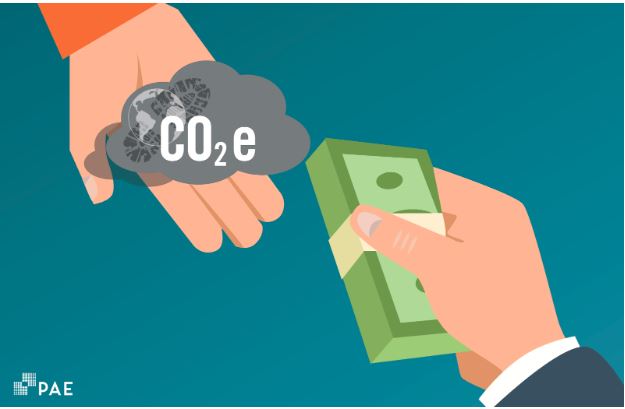Carbon Pricing
Context
Recently, Pennsylvania became the 1st fossil fuel producing country in the United States to implement a carbon pricing policy in response to climate change.
- It joins 11 other states in which coal, oil, and natural gas power plants must purchase carbon credits with every tonne of CO2 emitted.
What is Carbon Pricing?
- A carbon price is an expense associated with carbon pollution that encourages polluting industries to reduce the emission of greenhouse gases into the atmosphere.
- As per the World Bank, carbon pricing is the monetary value assigned to a company's indirect costs of pollution.
- External costs (indirect cost) are those that do not directly affect business; for example, many industries reap the full benefits of fossil fuel usage while bearing only a minor portion of the climatic cost.
How does carbon pricing work in India?
- India currently lacks explicit carbon pricing or cap-and-trade mechanisms, instead relying on a variety of schemes that impose an implicit price on carbon.
- The Perform, Achieve, and Trade (PAT) scheme sets a specific power target of reducing pollution from energy-intensive industrial sectors.
- Industries that exceed their targets are given Energy Saving Certificates (ESCerts), each being worth one metric tonne of oil.
- Those businesses that are unable to meet the targets must purchase ESCerts (from units that have met their specific goals) through centralised trading systems held by the Indian Energy Exchange.
- Internal carbon pricing is a method used by the Indian private sector to voluntarily reduce carbon emissions so that investments can be channeled into cleaner and more energy-efficient technology to meet corporate sustainability objectives.


